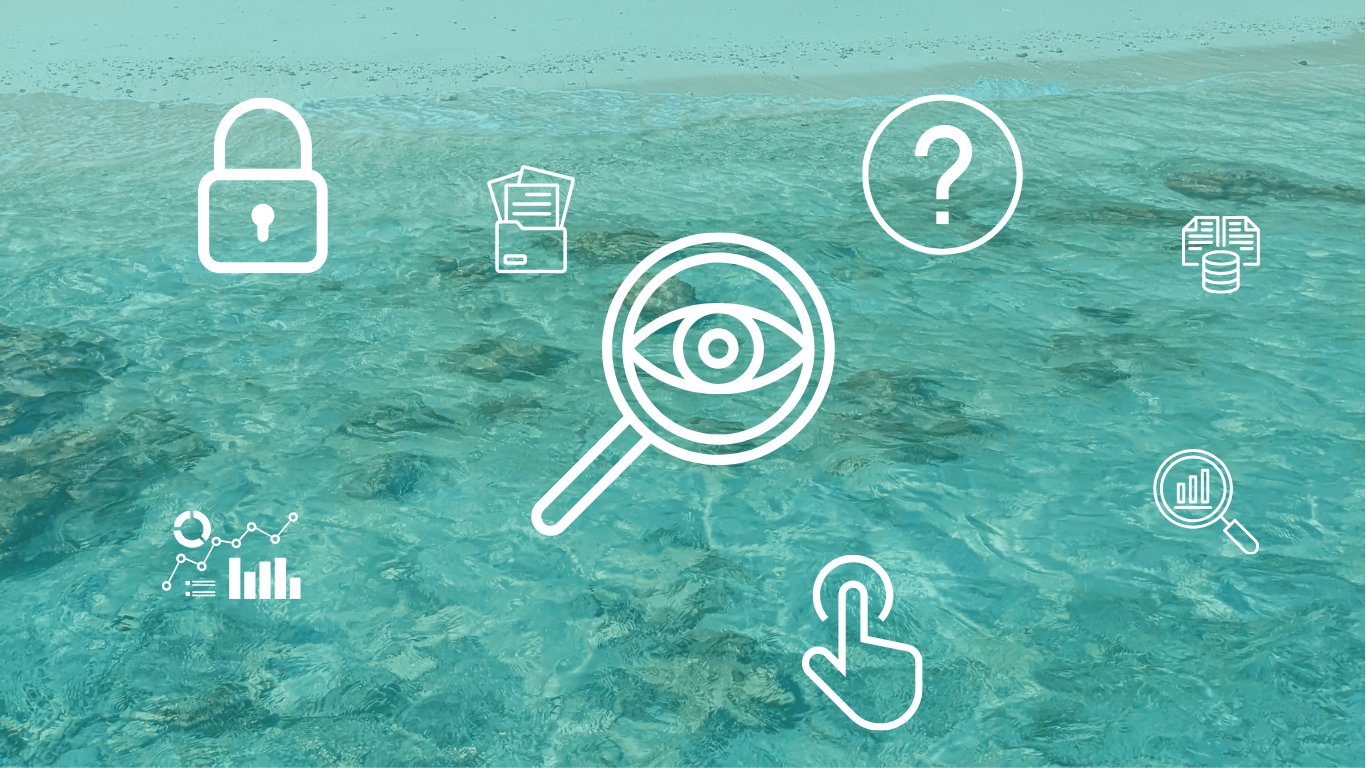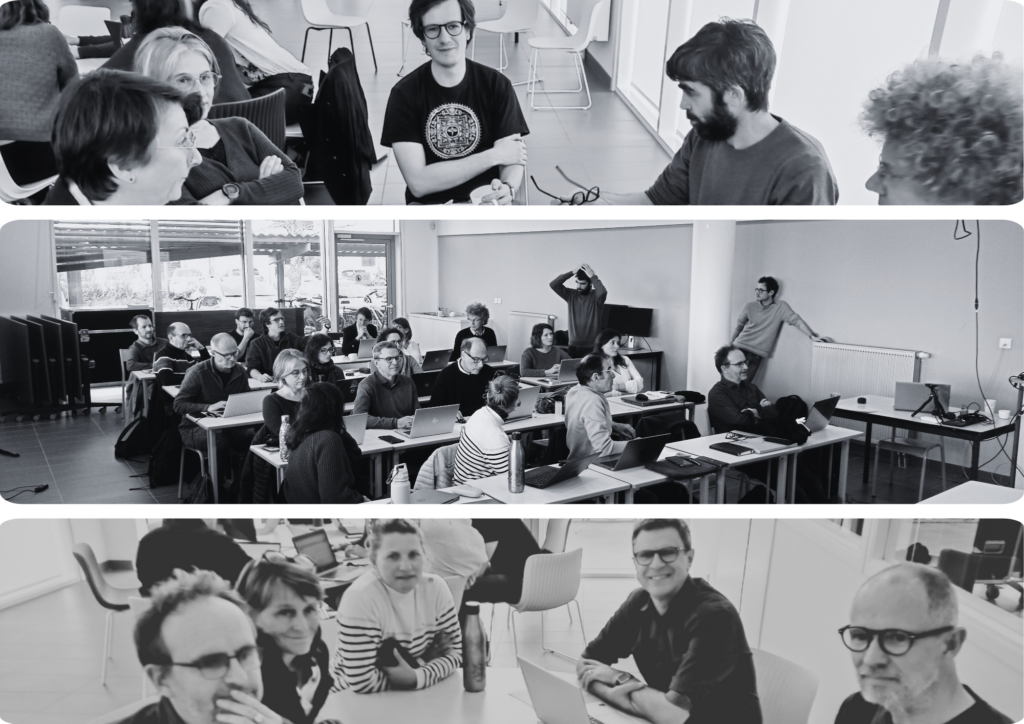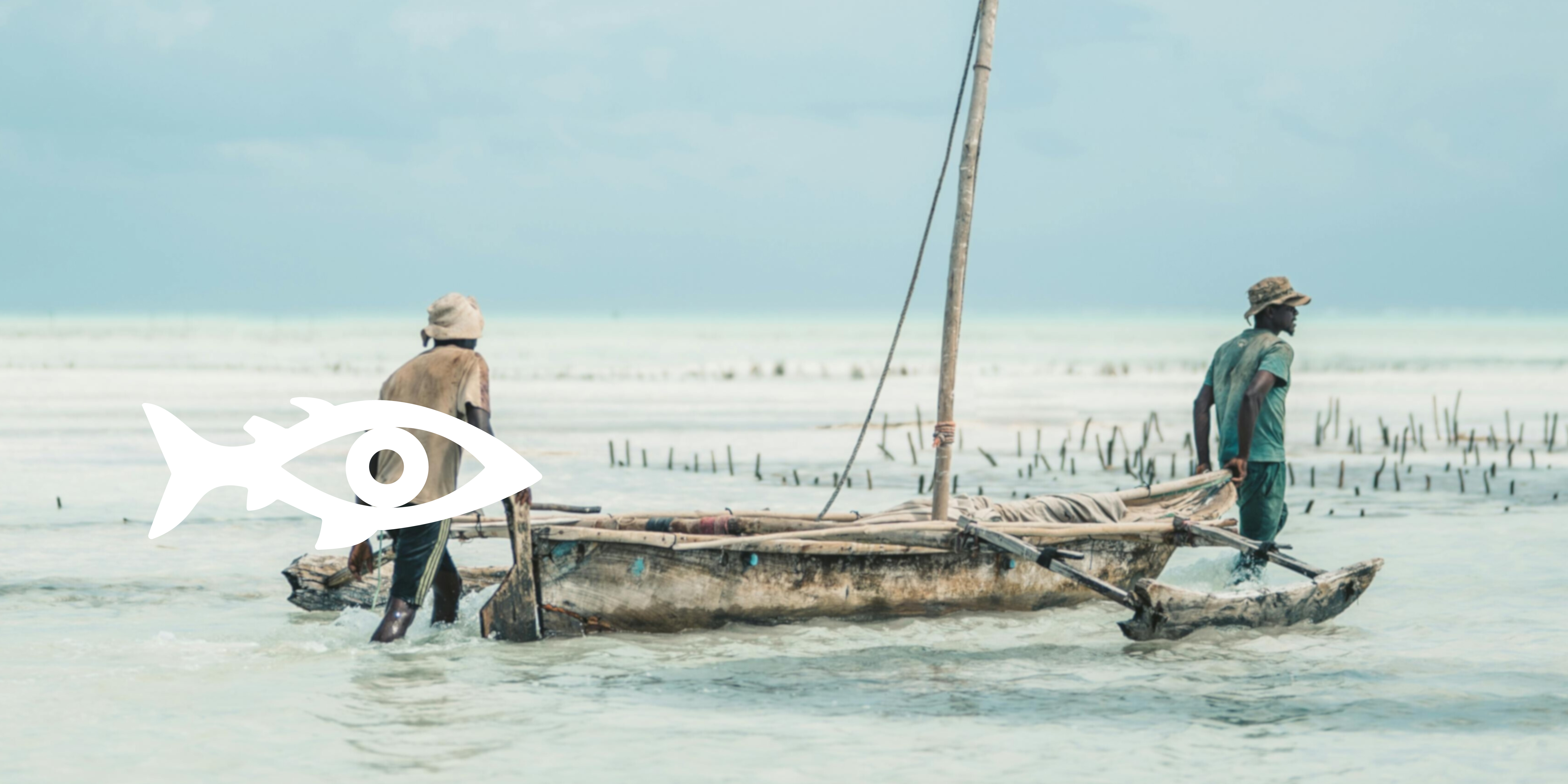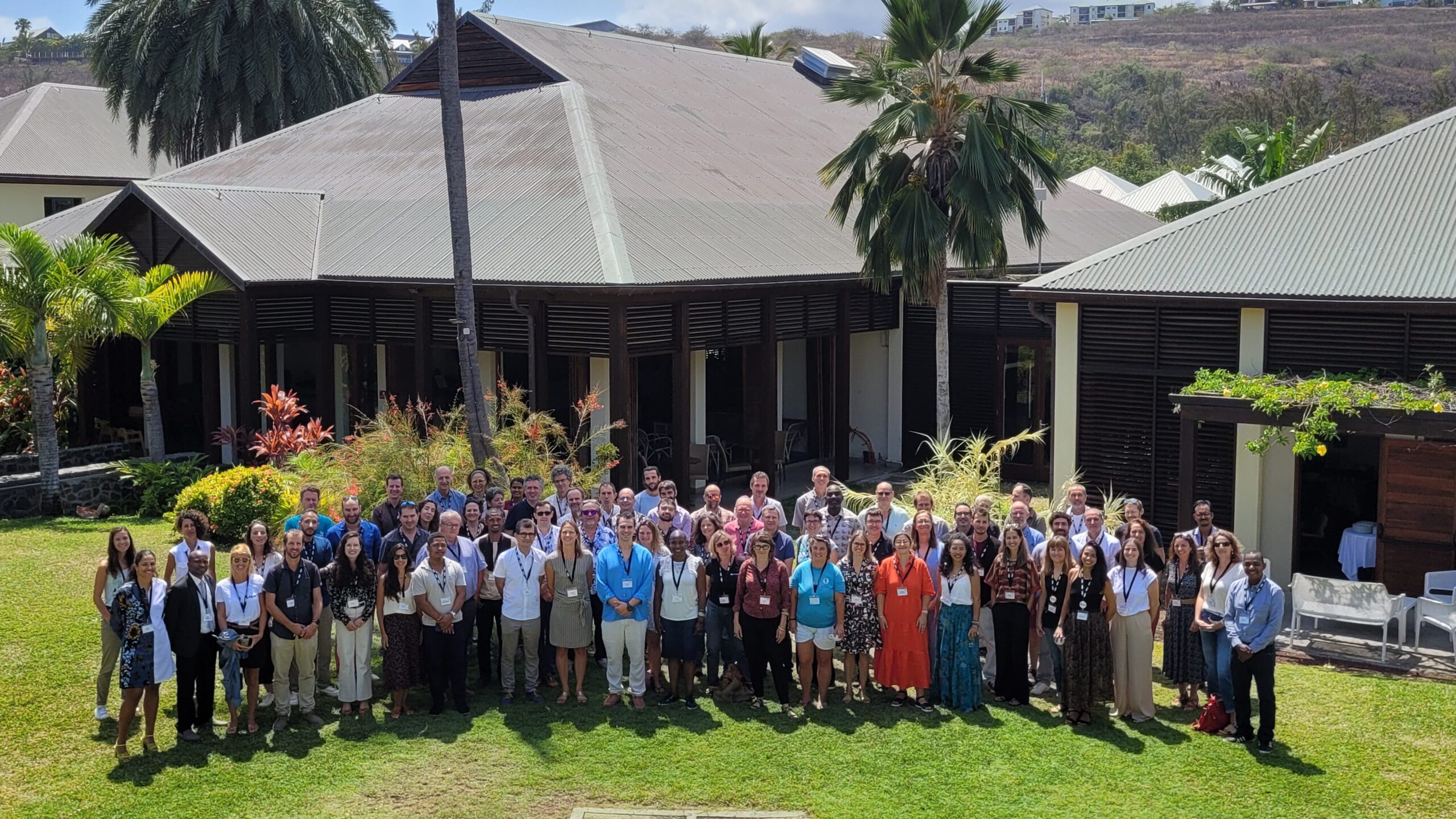
UNDERSTANDING BRIDGES OBSERVATION
An ideal observatory at the heart of BRIDGES
BRIDGES OBSERVATION aims to define and implement an ideal interdisciplinary observatory (physical oceanography, chemistry, ecology, fisheries and human and social sciences) at different spatial and temporal scales. The aim is to acquire and share information on the social-ecological systems of the southwest Indian Ocean.
On February 27 and 28, 31 researchers from the program met for a first workshop. They discussed the definition of this ideal observatory.
What is an ideal observatory?
This is the complex, priority question that the project must answer. From this definition will flow the observation strategy and the implementation of infrastructures and research protocols.
Three major axes structure this reflection:
- What observation data* are needed to answer the research questions?
This question leads to a thought of a common base of data, and complementary data that meet explicit objectives.
*Observation data: Observational data is information of various origins gathered via instruments, sensors or people to document and characterize a process.
- What are the challenges involved in acquiring this information?
Une stratégie d’observation sera définie sur la base de tous ces éléments. This question anticipates the difficulties, constraints and potential solutions involved in acquiring the desired data, in the context of each of the study sites. An observation strategy will be defined on the basis of all these elements.
- How can data be made accessible to all stakeholders, at local and regional levels?
While the observatory must be adapted and useful for each site, it must also offer a global, coordinated approach on a broader scale. To achieve this, it will need to combine frugality and efficiency, while making data available to all practitioners in the region.
An observatory to respond to local concerns?
The BRIDGES observatory lies at the crossroads between the needs of research and the expectations of practitioners. How can these different perspectives be reconciled? This question fueled discussions during the February workshop.
To enrich the reflection, Nicolas Le Dantec and Quentin Ruaud presented the example of OSIRISC. Set up in Brittany since 2016, this interdisciplinary observatory focuses on coastal risks and the vulnerability of the region’s coastal territories. It is also being used to build a decision-making tool for managers.
Several key lessons emerge from this example. To ensure the success of an observatory, it is necessary to:
- Encourage collaborative observations and harmonize practices between practitioners,
- Guarantee the observatory’s longevity by integrating both the needs of stakeholders and those of research.
Towards fairer observation
The ideal observatory also guarantees more equitable and responsible observation, in line with the FAIR principles: Easy to implement, Accessible, Integrative and Respectful. The project will therefore seek to develop:
- A method suited to the phenomena under study,
- A balanced distribution of measurements in space and time to avoid wasting data,
- Taking into account local constraints and the needs of stakeholders,
- Reliable, cost-effective and eco-responsible data production,
- Enhanced accessibility for a wide audience.

More news News


